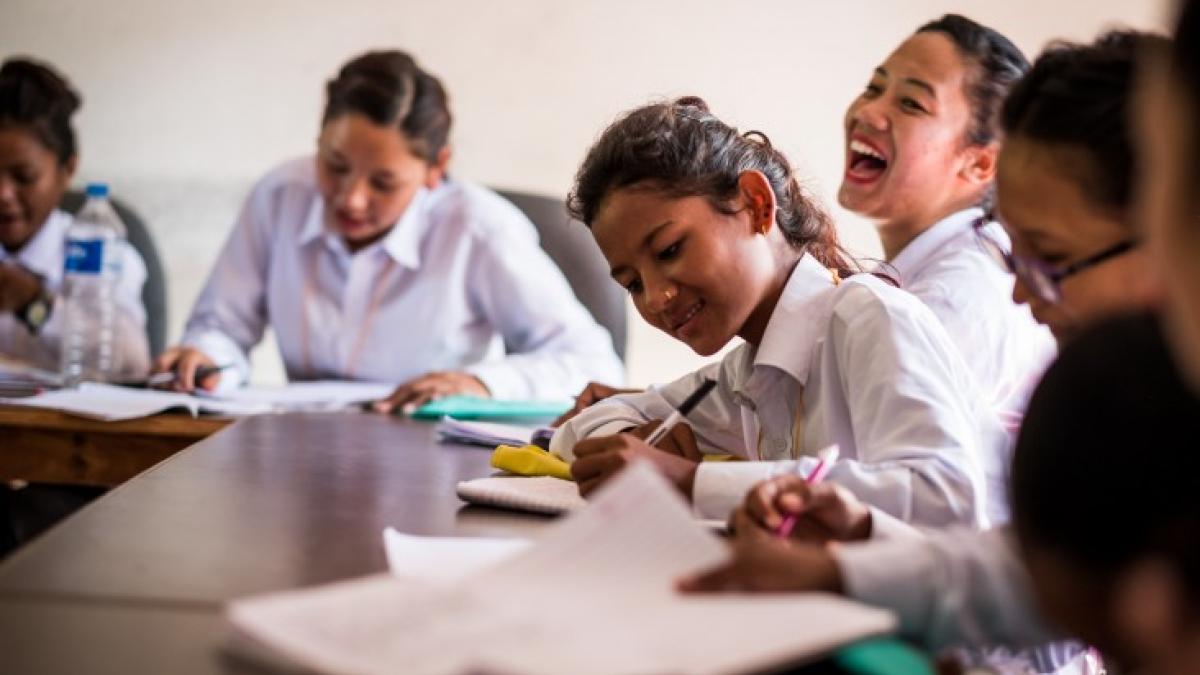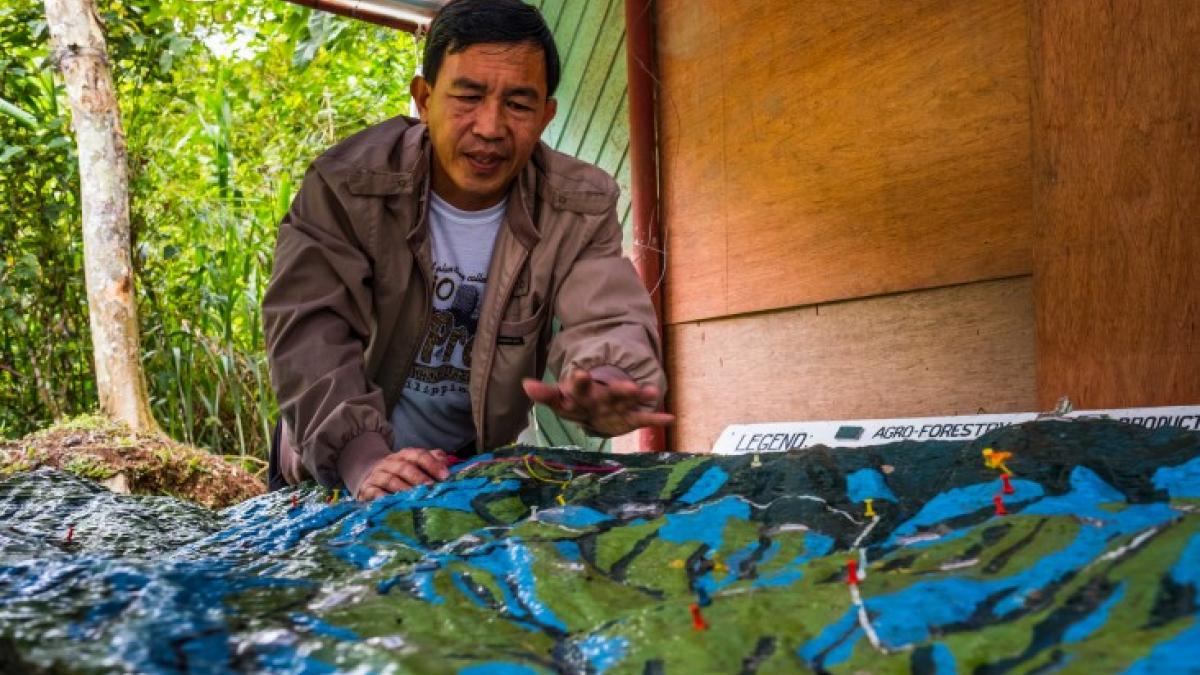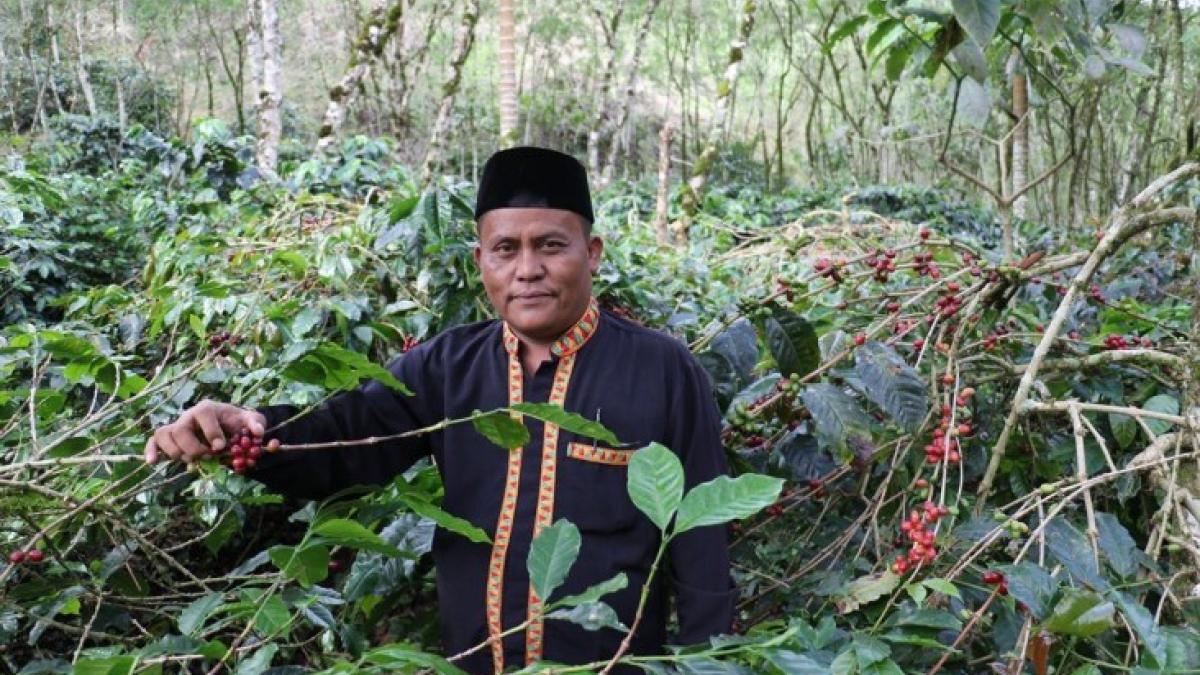The sustainable use of nature’s resources is essential to long-term economic growth in USAID’s partner countries: At least 1.6 billion people worldwide rely on forests for their livelihoods, and fishing supports a $500 billion global economy. For decades, USAID has prioritized economic opportunities that also foster healthy lands, oceans, plants, and animals. Conservation enterprises are businesses that unite economic growth and environmental conservation. We recognize here some of the important lessons learned, adaptations, and innovations from our history of investing in conservation enterprises with partners around the world:
1. More Than Income Alone
A retrospective evaluation of 20 years of USAID conservation enterprise programming found that only a small percentage of community members may receive direct cash wages from enterprise employment or dividend payments. More community members receive non-cash benefits from services funded with the enterprise revenue, including improved roads, schools, and healthcare. These benefits can be important motivators for conservation.
In Nepal’s Chitwan National Park, USAID and the National Trust for Nature Conservation established Community Forest User Groups, which obtained rights to land and forest and operated ecotourism enterprises in their community forests. The revenue from these groups enabled community members to make investments in the security of their homes and lands, like trenches and fences around the community forests, and community services, such as funding for schools and student scholarships.

more youth to complete secondary school and career training workshops.
Jason Houston for USAID
Similarly, ecotourism revenue from USAID and International Gorilla Conservation (IGCP) enterprises both created direct employment and funded infrastructure, healthcare, and education in Uganda. As part of the 20-year retrospective, USAID identified a key finding that the Agency and others can incorporate into enterprise programming: simply substituting a less environmentally-friendly enterprise, such as unsustainable logging, with a conservation enterprise, such as ecotourism, does not reduce environmentally destructive practices. Community members appear most positive about and committed to conservation when enterprises include cash and non-cash benefits.

Jason Houston for USAID
2. Building Sustainable Local Leadership
Fostering local leadership is critical to achieving long-term success of any conservation enterprise, and sustainable conservation outcomes also require strong leadership abilities in community-level organizations.
For example, in Nueva Vizcaya in the Philippines, USAID supported the Kalahan Educational Foundation (KEF) through the Biodiversity Conservation Network from 1994-1998. The local Ikalahan community organized the KEF in 1973 to support their people and their resources. The KEF developed into a model community-led organization that promotes education and conserves biodiversity. This local leadership is intertwined with the success of the community’s fruit processing: Over the years, the KEF’s strong internal governance and leadership have provided technical assistance and native fruit trees to farmers transitioning from swidden farming to agroforestry methods and have helped the jam, jelly, and fruit product enterprise thrive. The enterprise’s success, in turn, provides widespread access to secondary education and inspires a culture of valuing the local environment and natural wealth.

Educational Foundation in the Philippines. Here, he discusses land management over time using a handcrafted map.
Jason Houston for USAID
3. Diversifying to Expand
Diversifying types of enterprises can increase support for conservation and biodiversity since this enables more community members—especially women and members of marginalized groups—to participate and benefit.
In Petén, Guatemala, USAID and the Rainforest Alliance encouraged community organizations in the Maya Biosphere Reserve to expand sales from certified timber to include non-timber forest products, like xate leaves and ramón nuts. Increasing and varying enterprises provides more direct employment opportunities for community members, which, in turn, bolsters cash and non-cash benefits and builds more support for conservation.
In Indonesia, USAID also prioritized enterprise diversification to help farmers in Sumatra change their farming practices to conserve their forests and yield richer benefits. Farmers in the area mainly produced citronella, which required clearing large swaths of forest for cultivation and burning wood for processing. USAID assisted farmers in beginning to grow coffee, a more forest-friendly crop. The activity also helped farmers develop a coffee nursery, share knowledge and learn about environmentally-friendly farming techniques, and secure legal access to the land. These diversification and skills-building efforts have expanded and extended benefits to more than 650 rural farmers.

Samantha Martin/USAID
4. Addressing Equity
Through conservation enterprise investments, USAID has learned more about the necessity of addressing gender and equity issues early in activities.
When establishing enterprises in the Western Himalayas of Nepal, for example, USAID and its partners EnterpriseWorks/VITA (now part of Relief International) and the Asia Network for Sustainable Agriculture and Bioresources prioritized addressing gender and equity concerns so women as well as poor and marginalized groups would receive a fair share of benefits. To do this, EnterpriseWorks required that all enterprise meetings and engagement opportunities be open to everyone, regardless of gender or economic status. By increasing diverse community participation, conservation enterprise programs are able to increase local commitment and ownership, which ultimately leads to better, lasting conservation benefits.
5. Prioritizing New Rights and Old Traditions
USAID and partners strive to provide communities with the rights to use and control the resources they need to generate economic growth and to preserve their cultural values.
In Palawan, an island province in the Philippines, USAID and partners helped local communities secure Certificates of Ancestral Domain Claim from the Philippines Department of Environment and Natural Resources. Before this, the difficulty in obtaining resource permits led to overharvesting of non-timber forest products; after receiving certificates of ancestral domain, Indigenous Peoples could more easily occupy, use, and develop their lands. Wth more secure rights, communities have benefited from increased incomes and non-cash benefits while prioritizing traditional, sustainable use of the forests.
On Earth Day 2021, USAID Administrator Samantha Power noted that the Agency remains committed to “elevating local voices, and empowering marginalized communities, including women, youth, and Indigenous Peoples, to be agents of change on climate and the environment.” As shown in these innovations and lessons, conservation enterprises provide important pathways toward equity, sustainable economic growth, and long-term development gains
